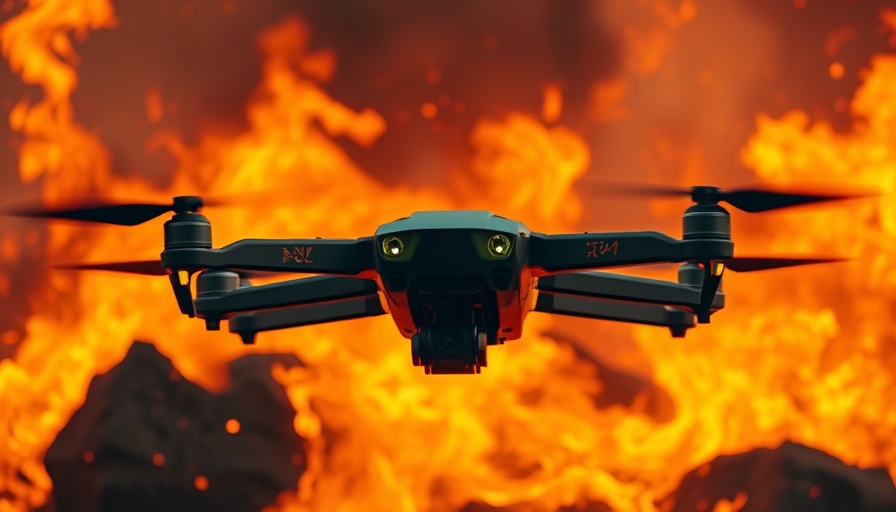
The Implications of Legal Issues in the Drone Industry
The recent turmoil surrounding Vector has exposed the vulnerabilities inherent in the drone and technology sectors when faced with legal challenges. As highlighted in the communication from Vector's CEO, there’s a critical misalignment between ambition and the harsh realities of legal procedures. The potential consequences of litigation not only include financial strain but also a possible reputational decline that could deter investors and clients alike.
Why Vector's Public Messaging Raises Concerns
Vector's assertive statement, "We can take the heat," while intended to project resilience, may instead serve as a red flag for investors and industry partners. According to seasoned executives, proactive public communication in the face of legal adversity often transforms from a tool of engagement into a liability. Every word uttered can potentially be weaponized against a company, especially when navigating the complexities of litigation tied to the defense sector.
The Risks of Mismanagement in Public Relations
The risks associated with public commentary during litigation cannot be understated. Statements made during this sensitive period are scrutinized closely and can be misconstrued as arrogance. In a sector where federal clients such as the Department of Defense (DOD) and Department of Homeland Security (DHS) operate under strict criteria for stability and credibility, any sign of uncertainty could lead to contract disruptions. Buyers loathe legal grey zones, preferring stability and proven technology over the instability that lawsuits can bring.
The Business Environment and Investor Reactions
The broader market context for technology and defense firms makes this situation particularly precarious for Vector. As investor scrutiny increases with the potential for preliminary injunctions and mounting legal costs, firms are more likely to pull funding rather than risk being tied to a company embroiled in litigation without robust intellectual property or technology backing. Firms seeking to support emerging companies need guarantees of stability and potential for return on investment, which are threatened by ongoing legal disputes.
Defensive Strategies for Survival
As the situation unfolds, the right strategic pivot for Vector would be to ensure a strong defense while minimizing public exposure. This should include a swift motion to dismiss frivolous claims and an internal review of their communication strategy going forward. Silence could be a prudent tactic, allowing the company's legal and operational teams to focus on resolution instead of public relations.
In closing, the intersection of media presence and legal battles presents challenges that industry firms like Vector must navigate delicately. As developments unfold, industry players should monitor the situation carefully, recognizing the potential for market shifts depending on how Vector manages both its legal strategy and public communications.
 Add Row
Add Row  Add
Add 




Write A Comment